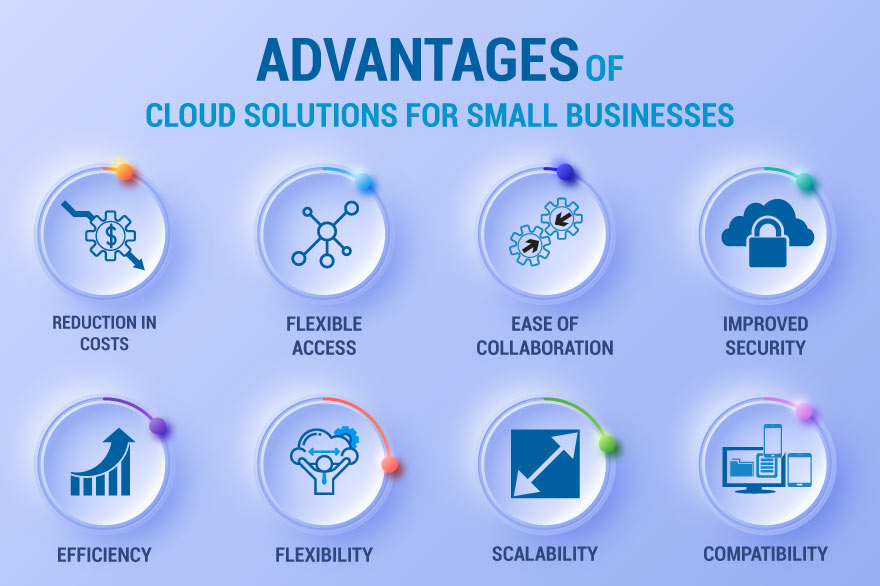In the past few years, cloud computing has rapidly gained popularity among organizations as a way to store and process data. Cloud computing offers numerous benefits that are attractive to organizations of all sizes, from cost savings to increased accessibility and security. In this article, we will examine the key benefits of cloud computing for organizations and provide references to online media to further illustrate these benefits.

1. Cost Savings
One of the most significant benefits of cloud computing is cost savings. By using shared resources, organizations can reduce their IT infrastructure costs and avoid the expenses associated with maintaining and upgrading their own servers and storage systems. The pay-as-you-go pricing model of cloud computing also allows organizations to only pay for the resources they use, which can result in substantial cost savings compared to traditional IT infrastructure.
Examples of organizations that have benefited from cost savings through cloud computing include technology companies, startups, and small and medium-sized businesses. In this article from Infoworld, there are many examples of companies making large cost savings such as Avery Dennison, a global materials science and manufacturing company, saving 25% to 40% by moving to a cloud-based virtual phone system.
2. Scalability
Cloud computing enables organizations to quickly scale up or down as needed to meet changing demands. This is particularly important for organizations that experience spikes in demand, as they can use cloud resources to meet those needs without having to invest in additional hardware and infrastructure. Scalability is one of the key benefits of cloud computing that has made it an attractive option for organizations of all sizes.
A case study by Amazon Web Services (AWS) highlights how cloud computing has enabled Netflix to quickly scale up as its popularity grew, without having to worry about the costs and complexities of maintaining its own infrastructure.
3. Accessibility
Accessibility has become a critical aspect for organizations in today’s fast-paced business environment, especially with the rise of remote work and telecommuting. Cloud computing provides the solution by enabling remote access to data and resources from anywhere, at any time, with just an internet connection.
With cloud computing, employees no longer have to be physically present in the office to access their work files and applications. This allows organizations to reduce the dependency on traditional work environments and enables them to tap into a global pool of talent, regardless of location. As a result, organizations can benefit from a more flexible and productive workforce.
Moreover, cloud computing provides enhanced accessibility for businesses with multiple locations. It allows employees in different offices to access the same resources and data, without the need for multiple physical copies. This results in increased collaboration and reduced duplication of work.
The ability to access data from anywhere at any time also provides significant benefits for businesses in terms of disaster recovery and business continuity. By storing data in the cloud, organizations can quickly recover from unexpected disruptions and maintain their operations with minimal downtime, ensuring their business stays up and running.
Conclusion
In conclusion, cloud computing offers numerous benefits for organizations, including cost savings, scalability, accessibility, and disaster recovery and business continuity. The benefits of cloud computing have made it a popular option for organizations of all sizes, and the trend towards cloud computing is expected to continue in the future. With the increasing demand for cloud computing, it is essential for organizations to understand the benefits of cloud computing and how it can help them achieve their goals.
Ben is a full-time data leadership professional and a part-time blogger.
When he’s not writing articles for Data Driven Daily, Ben is a Head of Data Strategy at a large financial institution.
He has over 12 years’ experience in Banking and Financial Services, during which he has led large data engineering and business intelligence teams, managed cloud migration programs, and spearheaded regulatory change initiatives.